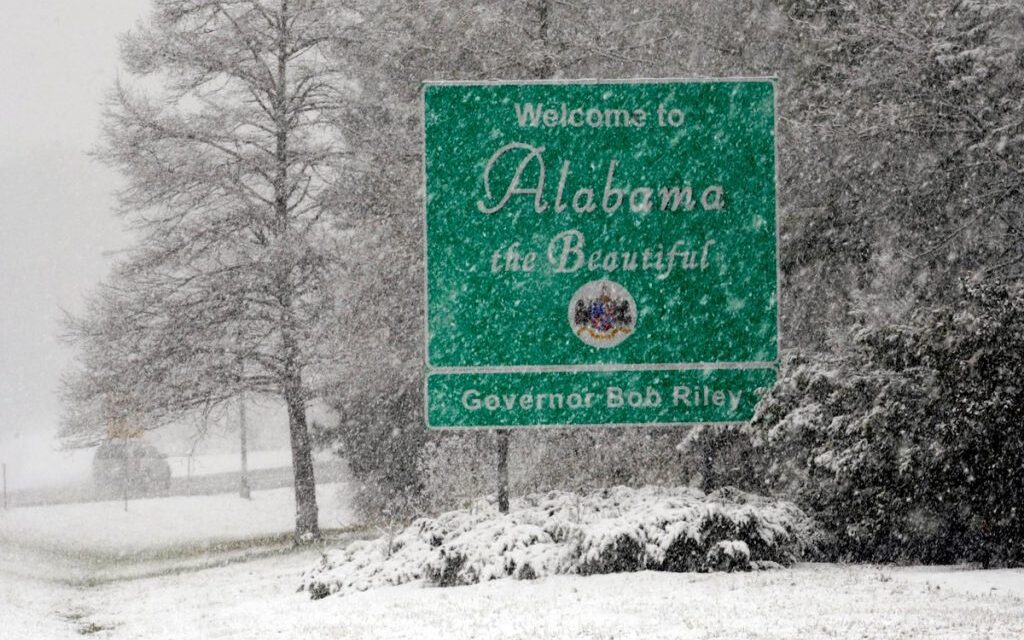By Warren Kulo
When examined across 71 key metrics in eight categories, including crime, education, health care and infrastructure, Alabama doesn’t fare well against most other states, ranking as the nation’s 7th worst, according to the annual study published by U.S. News.
Launched in 2017 as the first comprehensive study of the 50 states based on a wide set of criteria, the U.S. News rankings purport to “provide a platform for citizens, government leaders and business executives to compare and better understand the issues, insights and best practices that matter most for states.”
The data accumulated in route to compiling the rankings aims to show how well states serve their residents.
In calculating the rankings, each of the eight categories was assigned weights based on the average of three years of data from recent national surveys that asked nearly 70,000 people to prioritize each subject in their state.
Across the eight categories, Alabama finished in the top half of states in only one category — fiscal stability, where it ranked 19th.
In that category, researchers evaluated how capable states are in meeting both their long-term and short-term fiscal obligations while securing a stable economic future. The data included the state’s credit rating and ability to cover pension obligations.
Here’s how Alabama ranked across the other seven categories:
- Crime & Corrections: 28th. This category included data on incarceration rate, juvenile incarceration and racial equality in jailing.
- Economy: 32nd. Here, researchers looked at each state’s business environment, employment rate and growth, including metrics assessing net migration, growth of the young population and GDP growth.
- Education: 45th. No surprise here, as Alabama has traditionally found itself at or near the bottom in most education rankings. The U.S. News study examined both higher education and Pre-K through 12 education in the state. Alabama ranked 43rd in the Pre-K through 12 rankings and 44th for higher education.
- Health care: 44th. Each state was examined for health care access, health care quality and public health, the latter of which included mortality rate, suicide rate, smoking rate, mental health, infant mortality rate and adult obesity. The study’s authors noted a population’s overall health is often a “strong indicator” of quality of life.
- Infrastructure: 36th. This category looked at data including energy, internet access and transportation, including commute time, road and bridge quality and public transit usage.
- Natural environment: 47th. At first glance, this would appear a shocking ranking, given the natural beauty found in so many parts of the Yellowhammer State. But the data examined here included air and water quality, which included the number of days with a low air quality index and the number of drinking water violations, as well as pollution, with the data set including toxic chemical pollution in each state and the long-term, chronic health risks posed to residents.
- Opportunity: 31st. The data here included affordability, economic opportunities and equality. The metrics found in this category included poverty rate, prevalence of food insecurity and median household income.
While Alabama did not fare well in the rankings, it did fare better than some of its neighbors. Louisiana found itself as the worst state in the U.S., with a last place ranking for crime & corrections and next-to-last for natural environment, economy and infrastructure.
Mississippi ranked 48th, finishing last in health care and education.
At the other end, Florida was the lone representative of the traditional southern states to crack the top 10, ranking 9th. Utah was named the best state in the U.S., followed by New Hampshire, Nebraska, Minnesota, Idaho, Iowa, Vermont, Washington, Florida and Massachusetts.











